Handbook for Realizing the Human Rights to Water and Sanitation

The Handbook, Realizing the Human Rights to Water and Sanitation, was developed in 2014 by Catarina de Albuquerque, the first Special Rapporteur on the human rights to water and sanitation, as she ended her mandate. The purpose of the Handbook was then, and is still now, to:
- clarify the meaning of the human rights to water and sanitation;
- explain the obligations that arise from these rights;
- provide guidance on implementing the human rights to water and sanitation;
- share some examples of good practice and show how these rights are being implemented;
- explore how States can be held to account for delivering on their obligations;
- provide checklists, so users can assess compliance with the human rights to water and sanitation.
All booklets from the manual can be found below. The Handbook is available in English, French, Spanish and Portuguese.
How the Handbook was conceived

In 2010, the United Nations General Assembly recognized the human right to safe drinking water and sanitation and the Human Rights Council reaffirmed this recognition. Since the adoption of these resolutions, the UN Special Rapporteur on the human right to safe drinking water and sanitation, Catarina de Albuquerque, has received many requests from States (national and local authorities), United Nations agencies, service providers, regulators, and civil society organizations to provide more concrete and comprehensive guidance and to clarify what the implications of these human rights are for their work and activities.
The Special Rapporteur has been working closely with many different stakeholders – including State institutions (such as national ministries and local governments), national human rights institutions and regulatory bodies – and with international organizations, including the Office of the High Commissioner for Human Rights; UNICEF; the World Health Organisation; the UN Economic Commission for Europe; the World Bank Water and Sanitation Programme; the Water Supply and Sanitation Collaborative Council; the Sanitation and Water for All partnership; the International Water Association; WaterAid; Freshwater Action Network; Helvetas; the International Commission of Jurists; Amnesty International, and several academic institutions and other groups, all of which are interested in implementing the human rights to water and sanitation in order to translate these human rights into reality. This engagement and interest in transforming principles into practice and human rights into reality led the Special Rapporteur to develop this Handbook to help States and other stakeholders to meet their obligations and responsibilities where the human rights to water and sanitation are concerned.
The Special Rapporteur developed this Handbook collaboratively, first identifying the key barriers, dilemmas, challenges, and opportunities that stakeholders face in realizing the human rights to water and sanitation, and then testing and verifying the guidance, checklists, and recommendations featured in the Handbook. This collaborative approach was followed to make the Handbook relevant and helpful to people at all levels of government who are working on the implementation of these human rights.
The Special Rapporteur organized a series of consultations both online and in-person and held countless discussions with interested parties. These consultations included an initial meeting with the Advisory Group for this Handbook in September 2012, and a brief survey to identify the main issues that key stakeholders wanted to see analyzed. This online survey was undertaken in January 2013 and received 850 responses from five continents. The Special Rapporteur then convened a strategy meeting in April 2013 to discuss the content of the Handbook in detail.
In late 2013 and early 2014, she convened two regional consultations (a Latin-American and Caribbean consultation in Bolivia, about local authority responsibilities, and an Asian consultation in Nepal, covering financing and budgeting), as well as a shorter meeting in Kenya at which the specific concerns affecting the implementation of the human rights to water and sanitation in urban areas were discussed.
In late 2013 the Special Rapporteur also sent a note verbale to all UN member states, asking them to share any relevant information and experience in realizing the human rights to water and sanitation. She organized two e-discussions in collaboration with the Rural Water Supply Network and with HuriTALK, focusing on specific issues to be addressed in the Handbook, including non-discrimination, sustainability, and the roles and responsibilities of the different actors. The first draft of the Handbook was shared online, hosted by www.righttowater.info; it received comments and ideas from around the world.

The Booklets
This Handbook is organized into booklets relating to five main areas relevant to States in the realization of the human rights to water and sanitation. These areas are legislative, policy and regulatory frameworks; financing and budgeting; services; monitoring; and access to justice. A further booklet provides details of how States can work to comply with the human rights principles of non-discrimination and equality, participation, access to information and sustainability. As accountability is covered in booklets five and six on monitoring and access to justice, it is not included in this booklet on human rights principles.
These web pages have been created to allow for an update of the Handbook, particularly with respect to new case studies, and progress towards realizing the human rights to water and sanitation. The main text of the Handbook remains unchanged.

Booklet 1: Introduction
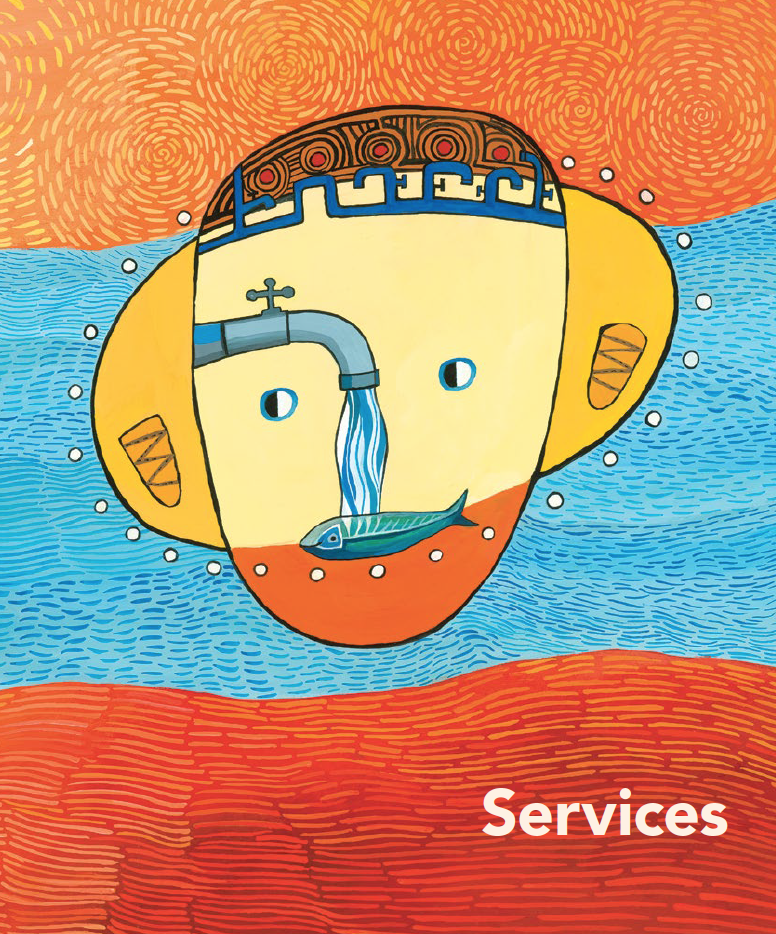
Booklet 4: Services
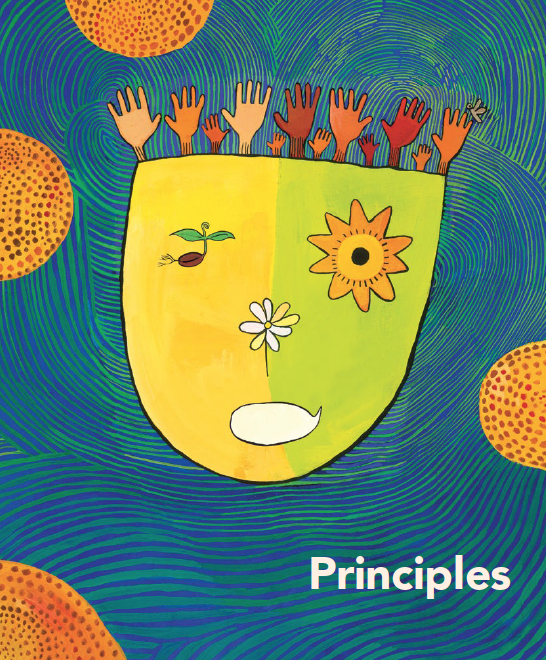
Booklet 7: Principles
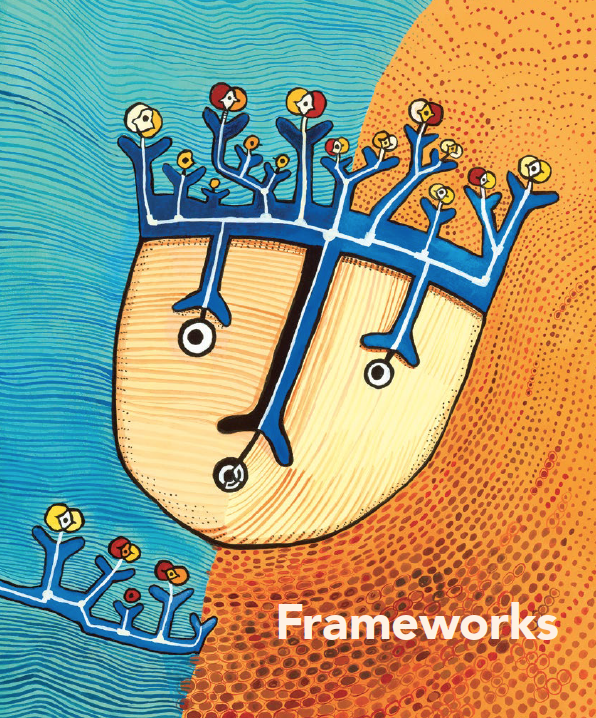
Booklet 2: Framework
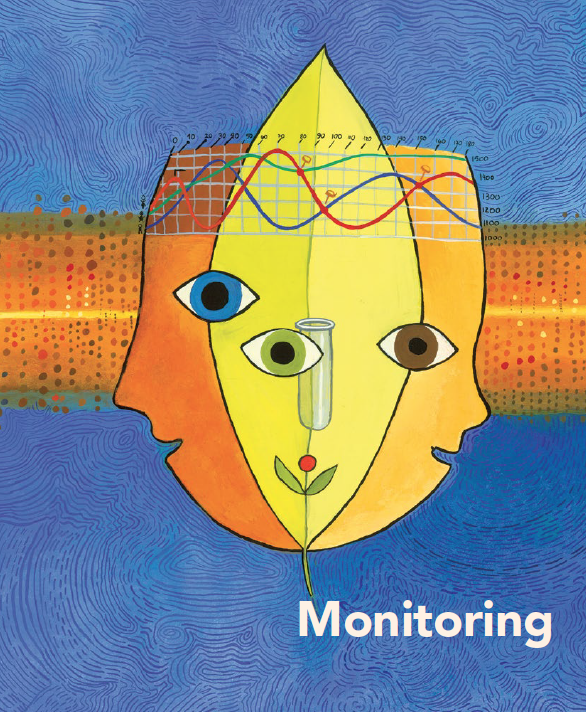
Booklet 5: Monitoring
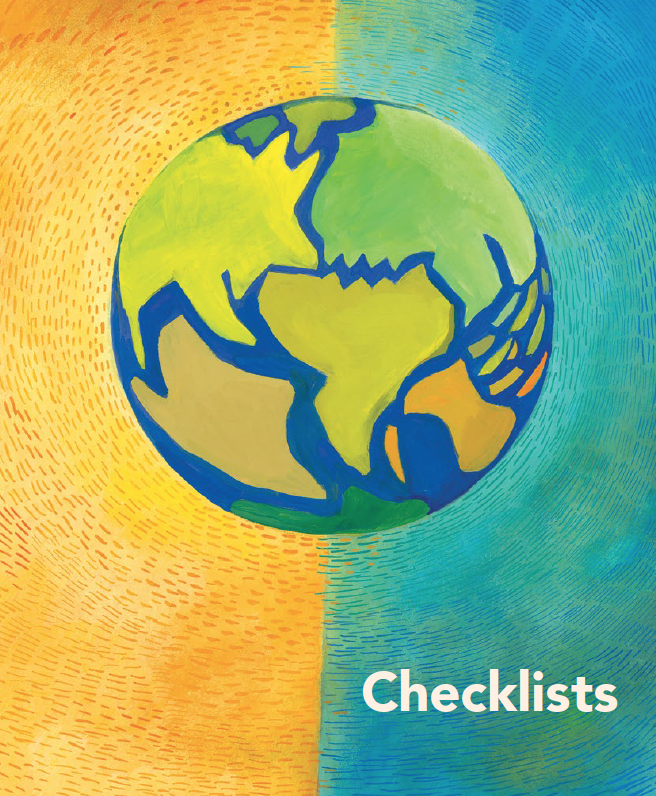
Booklet 8: Checklists

Booklet 3: Financing
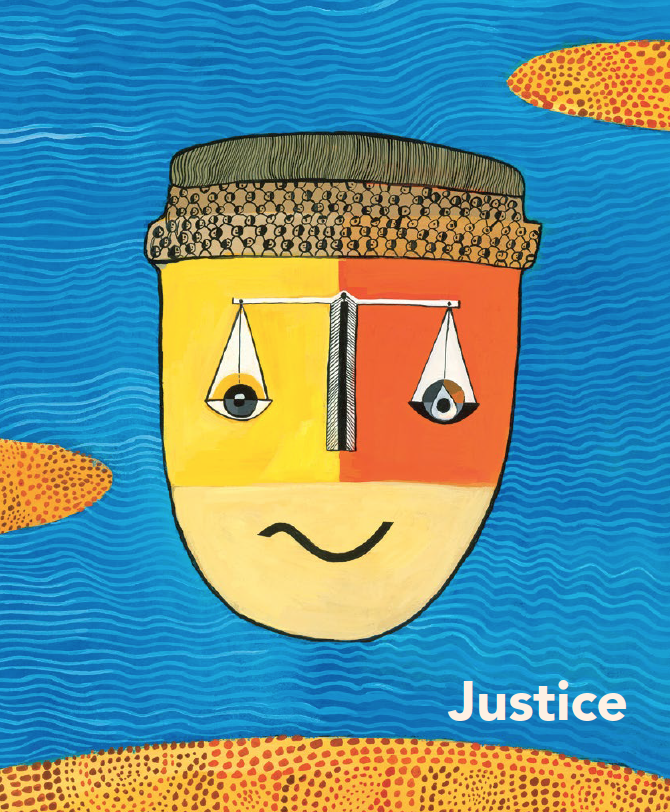
Booklet 6: Justice
